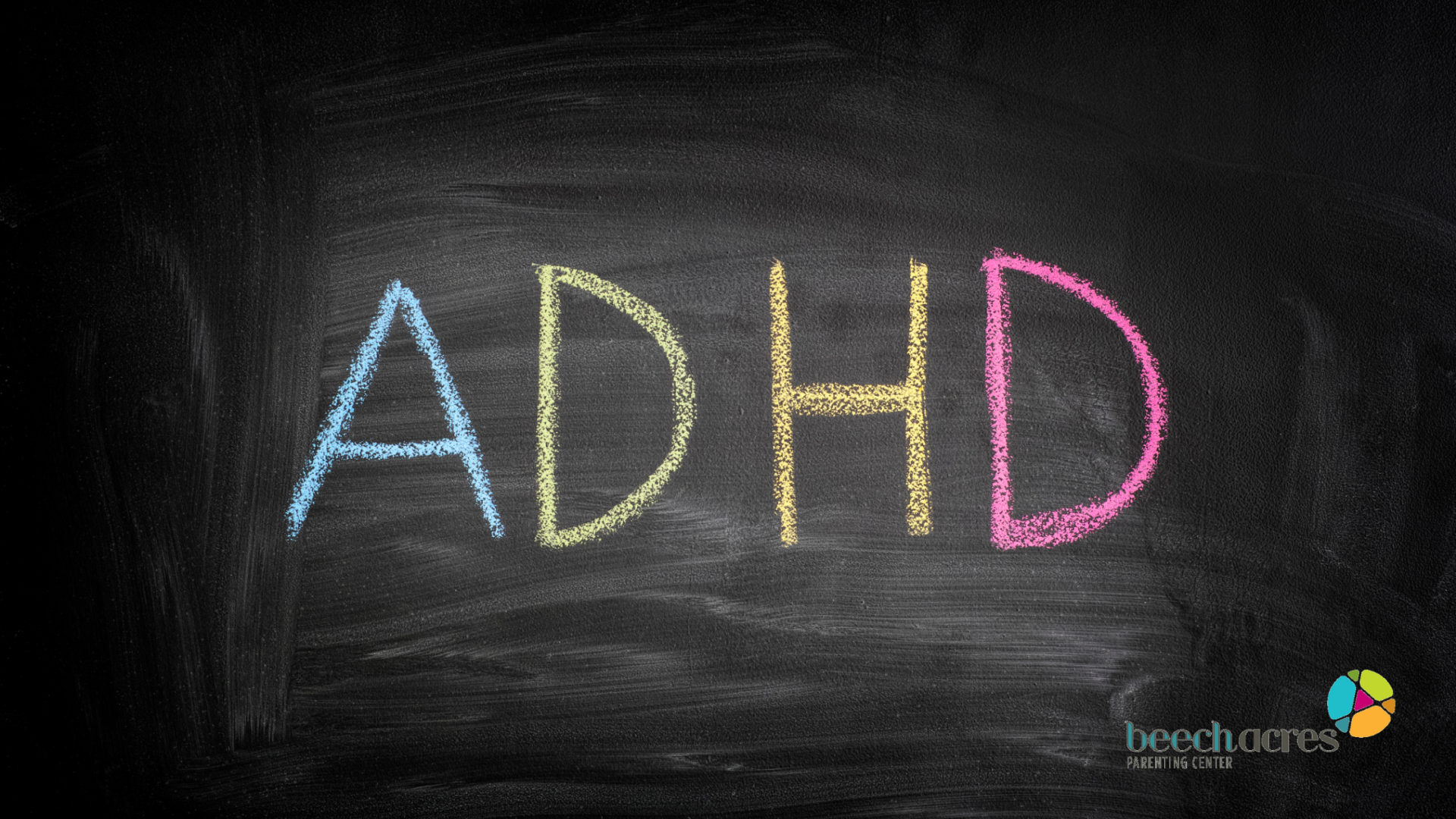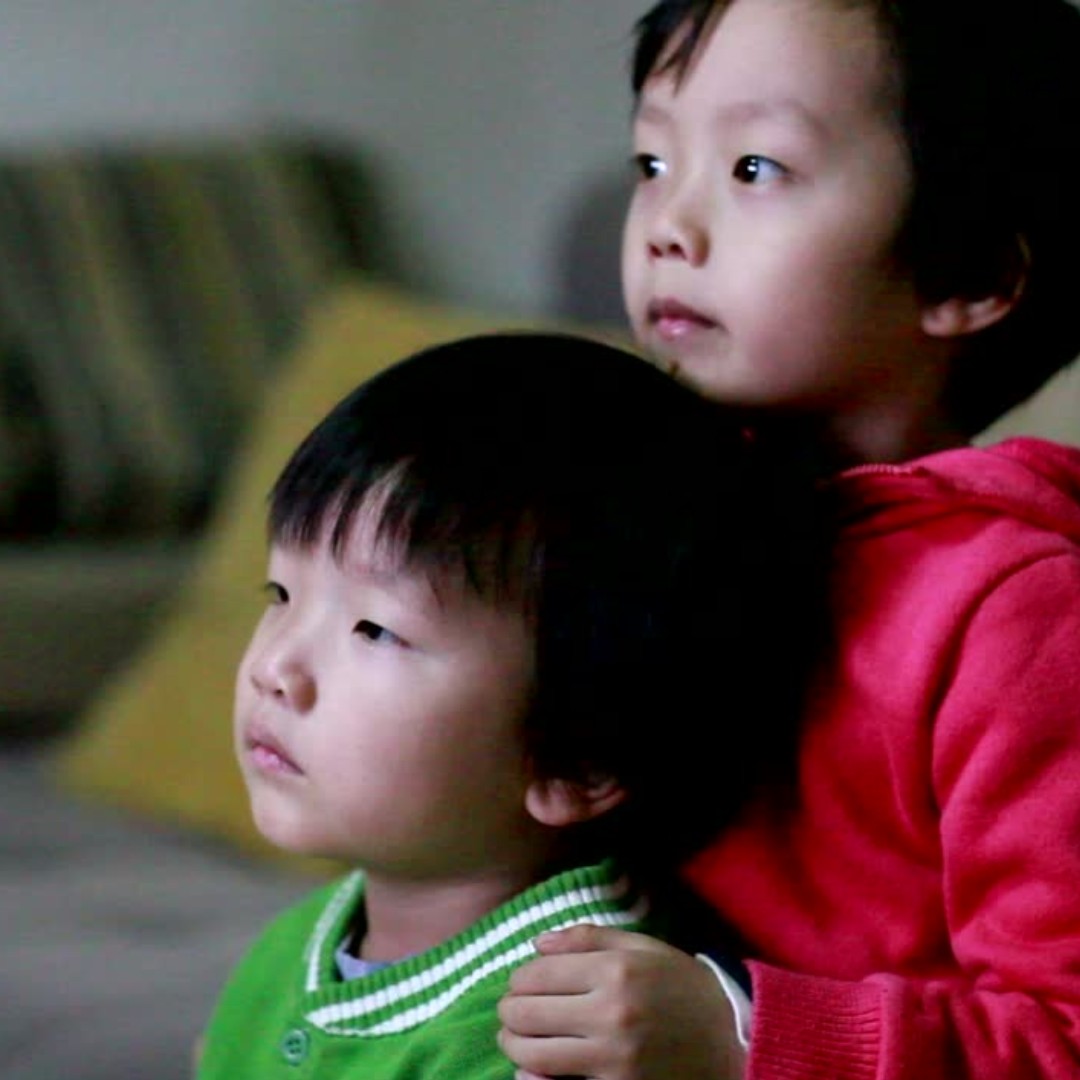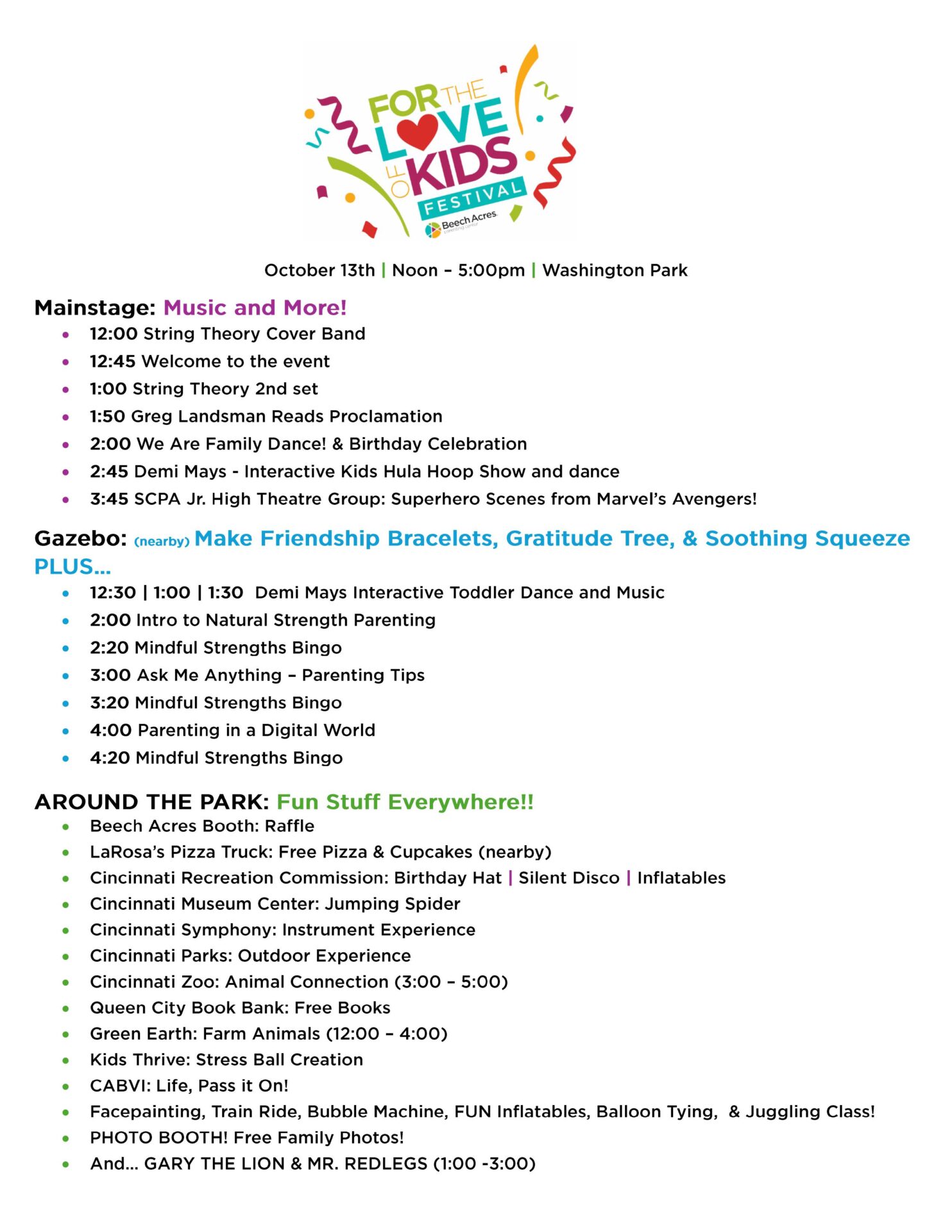ADHD Tips For Parents

ADHD Tips For Parents
Guest Blogger Jaclyn Swhear, MSW, LISW-S Senior Specialist, Center of Excellence
What is ADHD?
Attention-Deficit/Hyperactivity Disorder (ADHD) is a neurodevelopmental condition that impacts a person’s ability to pay attention, their self-control, and the executive functioning part of their brain. ADHD can cause challenges to a child’s school performance, ability to make friends, and ability to finish tasks at home and school and make it more difficult to control emotions. It can be difficult for families to know what to do next.
My child has been diagnosed with ADHD. Now what?
Learn as much as you can about the nature of ADHD.
It can be helpful for caregivers to learn as much as they can about ADHD. By better understanding the nature of ADHD, caregivers can become their child’s best advocate and set their child up for success. There are three areas impacted by ADHD: attention, self-control, and executive functioning. Environment can also influence whether ADHD symptoms look better or worse.
All attention isn’t the same. Think of your favorite show that you might stream or watch on television. How many episodes (if you didn’t have any responsibilities that you needed to do and could skip all the commercials) would you be able to sit down and watch? Would the ‘Are you still watching?’ button pop up? Would you be able to finish an entire season? This is not the type of ‘attention’ that is impacted by ADHD. With ADHD, the type of attention impacted is persistence. Persistence helps a person finish tasks that are uninteresting and “not fun.” Your child’s attention used playing video games, watching television, or playing with toys is not the same kind that they use to do their homework.
Self-control involves a person being able to think, ‘Why am I going to do this?’ and ‘What is going to happen if I do this?’ Self-control (or inhibition) is also impacted by ADHD. With ADHD, this may look like a child having trouble controlling their body movement, blurting out the first thing that came to their mind, or having emotions very easily visible (easily excited, angry, frustrated, sad).
The executive functioning part of our brains allows us to start and finish tasks, plan the way we’ll reach a goal, remember information, control emotions, understand how our actions impact others, and be organized. Individuals with ADHD struggle with these behaviors, as well as experience “time blindness” or ‘nearsightedness’ with time, which can look like troubles managing time, perceiving time, and timeliness (especially as time gets further out from ‘right now’).
Learn about the different types of treatment for ADHD.
There are multiple forms of treatment for ADHD, and some will work better for your child than others. Types of treatment for ADHD can include medication, behavior therapy, or a combination of both. ADHD is a diagnosis where ‘It takes a village,’ as caregivers and teachers can help restructure a child’s environment, adjust expectations, and set the child up for success. Individual psychotherapy can help a child learn more about feelings and learn ways to process their feelings; however, involving the adults in the child’s life makes a HUGE difference in treatment results.
Consider whether your child may need support in school.
Children with ADHD can struggle academically and may show different behaviors in the classroom. Students with ADHD can qualify for special accommodations in the classroom that can make it easier for them to learn. Special accommodations in a classroom can fall under a 504 plan or Individualized Education Program (IEP). Having a 504 plan or IEP can also allow a child’s learning environment to be consistent across classrooms, teachers, and grade levels.
It can also help for caregivers to learn the steps to get a 504 plan or IEP. Both 504 plans and IEPs are covered by federal law (Section 504 of the Rehabilitation Act and the Individuals with Disabilities Education Act, or IDEA, respectively). As mentioned by Ohio’s Department of Education Special Education Guide, caregivers can request school districts to do an evaluation for special education services:
“If you think your child may have a disability that is affecting his or her education, you can ask the district to evaluate your child to determine whether he or she would be eligible for special education (considered a child with a disability under IDEA). The school district also can ask you at any time if you want your child to be evaluated if district staff members think your child may need special education. In either case, after the school district has gotten your permission (consent) in writing, it must finish the initial (first) evaluation within 60 calendar days.”
Public schools, including charter schools, are required by law to provide supports so all students can have their educational needs met.
Consider changes that can be made at home (Remember reminders. Consistency and small chunks. And, oh, a sticker chart!).
Sometimes children with ADHD can also struggle with their behavior at home. Some changes may be helpful. For example, families may benefit from using visual reminders. For children, this may involve using pictures for a chore chart or a checklist. A child with ADHD may also need more frequent reminders.
It can also be helpful for expectations and rules to be clear and consistent. This may involve breaking down tasks into smaller and more manageable chunks or steps. For example, a chore like ‘clean your room’ may involve several steps (clean my room may really be: 1. make my bed, 2. put dirty clothes in hamper, 3. sweep the floor, 4. put toys away, 5. fold clean clothes, 6. put clean clothes in dresser/closet, 7. throw away any paper/trash, etc.). When possible, break down instructions to one or two step instructions (“Put your toys in the toybox, please.” “Please pick up your clothes and put them in the hamper.”), which can be easier to finish and remember.
Tangible (physical) rewards and praise can also be effective in encouraging positive behavior with children, particularly those with ADHD. For children with ADHD, this may involve providing praise more frequently (and more specifically – for example, ‘Thank you for putting your shoes away’ versus ‘Thanks!’), changing rewards more often, and starting with a small number of positive behaviors that you want to encourage your child to do.
Explore your options
There are multiple options for caregivers to help their children successfully treat their ADHD symptoms. The more knowledge you have about the diagnosis, the more prepared you can feel about setting your child up for success. Here are some resources that can provide more information on ADHD, using rewards with children, and special education.
https://slate.com/human-interest/2010/03/why-bribing-your-child-doesn-t-work.html
https://sites.ed.gov/idea/files/dcl-factsheet-201612-504-charter-school.pdf





